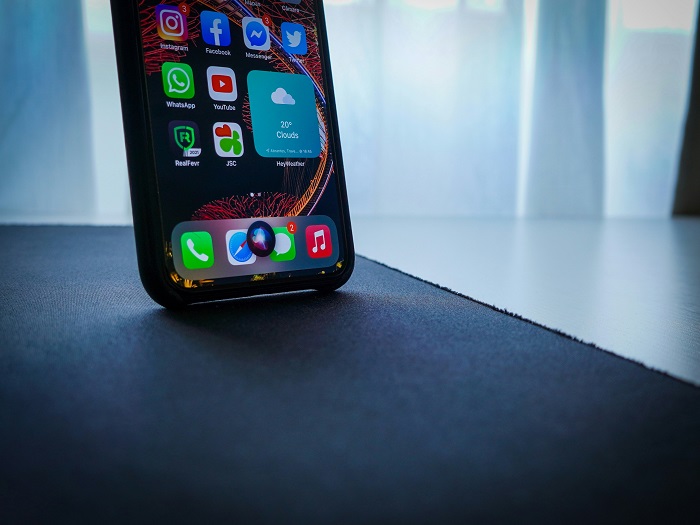Companies are more and more looking for fresh ways to make their customers happier and more engaged. The callback widget has recently become a popular choice for doing just that. A feature that looks simple at first glance can completely change the way businesses interact with their customers, making them more satisfied and boosting the quality of service they receive.
In this detailed guide, we’ll explore the big impact of callback widgets, offering strategies for implementing them and advice on how to get the most out of them.
The Essence of Callback Widgets
A callback widget plays a powerful role on a website by allowing visitors to ask for a call from someone at the business when it suits them best. It usually appears as either a button or a form and invites users to type in their phone number and pick the time to get a callback. The primary goal focuses on cutting down on the long periods people have to wait and making sure they get a service that feels personal and comes right on time.
Why Callback Widgets Matter
Adding a callback widget to your website brings many benefits to your business and customers:
Say goodbye to long wait times. A major plus of using a callback widget is how it cuts down on how long people wait. Now, people don’t have to sit through never-ending loops of hold music. They have the option to ask for a callback, allowing them to continue with their day with the confidence that they will get a call when it works best for them.
Elevate customer satisfaction. Making it easy for customers to contact your business can really make them happier. Using a callback widget is like telling them their time is essential.
Boost lead conversion. Adding callback widgets can help turn more visitors into leads. If people think about buying something, they don’t have to wait too long because they know they’ll get a quick call back and are more likely to stick around. Reacting right away might be the key to grabbing and winning over potential customers.
Strategies for Effective Implementation
To fully reap the benefits of this widget, you need to employ it thoughtfully. Consider the following strategies to achieve success.
Strategic Placement
Place this tool on your website in a location accessible for customers to spot whenever they require assistance. Ideal spots include the homepage, which acts as the gateway to your site, the pages showcasing your products, and precisely at the point where purchases are made. Significantly, the widget is placed in a spot visible and accessible to all, yet it should not obstruct any path.
Clear Instructions
To help users get the hang of it, a quick step-by-step guide on how to work with the callback tool should be laid out. It’s essential to offer a simple rundown so that folks feel at ease when trying out this function for the first time.
Flexible Timing Options
Give customers several choices for when they’d like a callback. Let them pick a time that works best for them, improving the whole experience and showing them you value their time.
Best Practices for Integration
If you want your widget to be valuable, make sure you stick to these top tips:
Personalize the experience. Let customers tell you why they’re calling before they get through. This way, your team knows what’s up and can make the chat count, making things smoother and better for everyone.
Follow up with customers. Set up a system to check in with customers after their callback to see if they’re happy with the help they got. You could reach out with an email or a quick survey to hear what they think and use those insights to make things even better.
Analyze data. Use analytics tools to monitor your callback feature’s performance. Track things like how often people ask for callbacks, how many of those calls actually happen, and how happy your customers are. This data helps us understand how well the widget is performing and points out where it needs to improve.
Real-World Example
Many companies have found success by adding callback tools to their websites, making it easier for them to talk to customers. In a related finding, McKinsey shared that 28% of respondents ranked the callback option as one of the top three preferred solutions for improving the customer experience with federal government services.
Conclusion
Adding a callback feature to your site is a smart step. It improves customer communication and leaves them more satisfied. Making people wait less, turning more visitors into leads, and giving them a tailor-made experience changes how your company connects with its customers.
When you stick to the proper methods and always examine the situation, you ensure this tool gives its best. This helps a lot with making your customer service plans work well.




